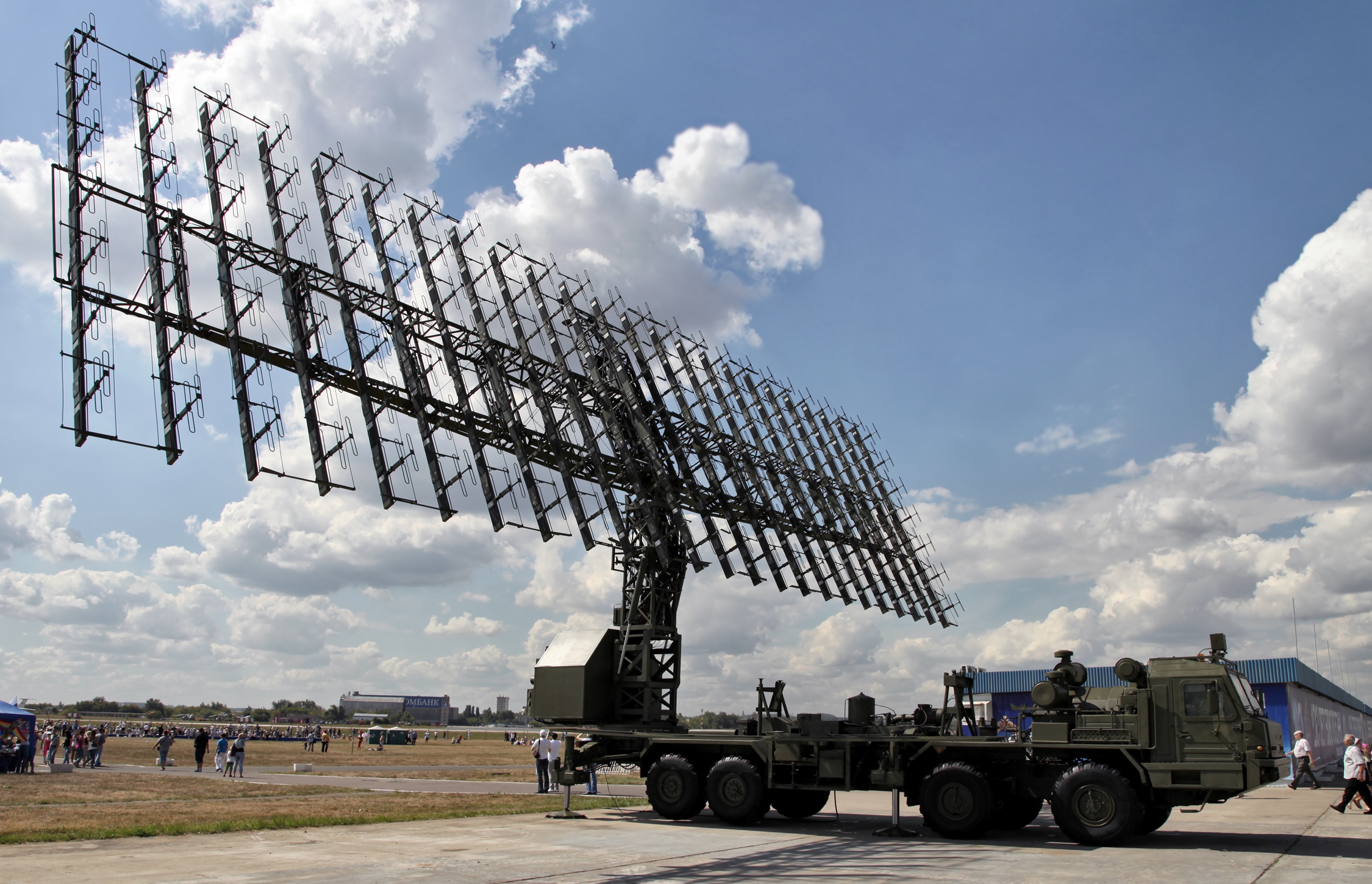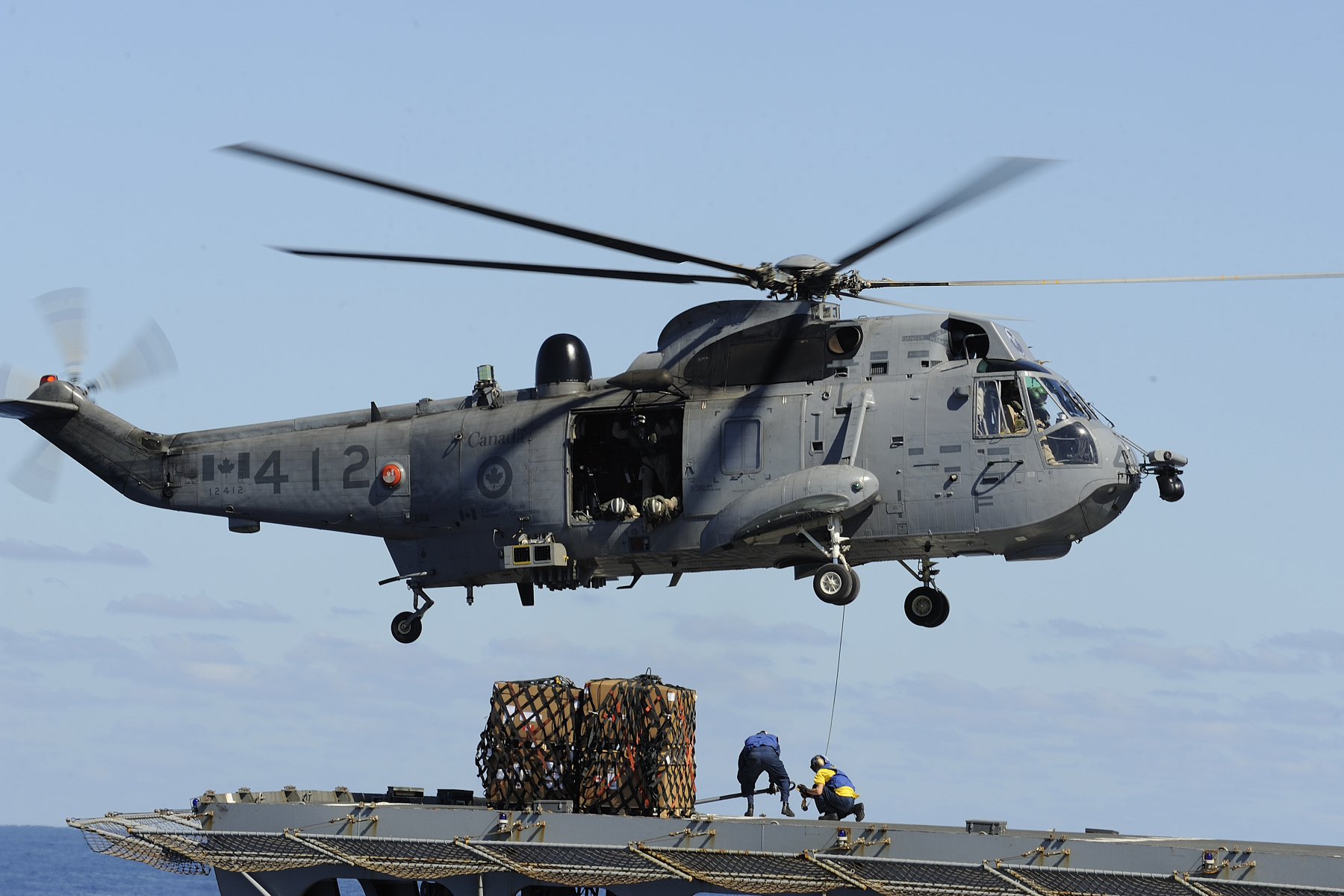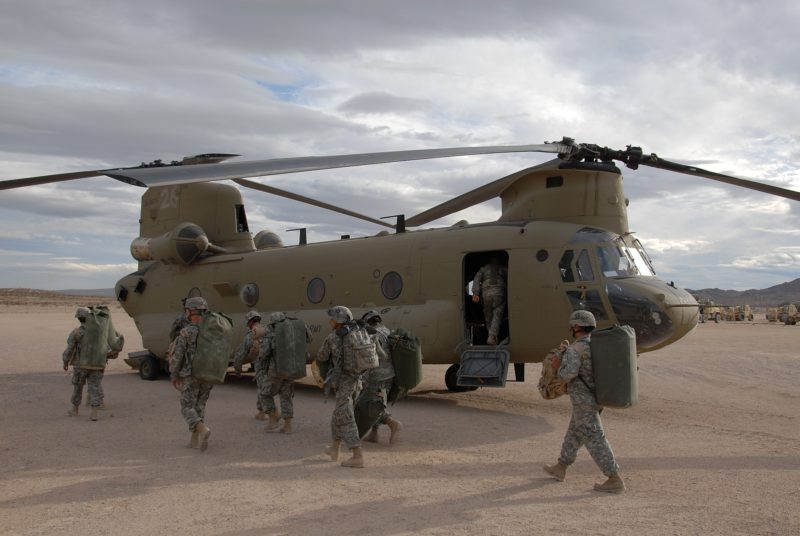On February 26, 2016, the United States Air Force released renderings of their new long-range strike bomber at the Air Force Association’s Air Warfare Symposium in Orlando, Florida.
The Northrop Grumman stealth bomber has been designated the B-21, referencing its status as the “first bomber of the 21st century.”
However, it has yet to be named. To address this, the U.S. Air Force has called upon all civilian, reserve and active members to submit name suggestions, as according to U.S. Air Force Secretary Deborah Lee James, “this aircraft represents the future for our Airmen, and [their] voice is important to this process.” The person responsible for the chosen submission will join James in announcing the name at the Air Force Association’s fall conference in Maryland.
The tailless fixed-wing design resembles that of its predecessor, the B-2 Spirit long-range strike bomber, and will incorporate elements of the B-2, which was also previously produced by Northrop Grumman. According to James, “the B-21 has been designed from the beginning based on a set of requirements that allows the use of existing and mature technology.”
Projected to become operational in the mid-2020s, the B-21s will renew the United States’ fleet of long-range strike aircraft. These fifth-generation bombers will reportedly replace the aging B-52 Stratofortresses and B-1 Lancers, while joining the remaining 16 B-2 Spirits which are expected to serve through 2060. Testifying before the Senate Appropriations Committee on February 10, 2016, Air Force Chief of Staff Gen. Mark A. Welsh III emphasized the need for modernization of the fleet, testifying that, “the platforms and systems that made us great over the last 50 years will not make us great over the next 50.”
As hostile nations continue to develop complex area-denial and anti-access systems, these stealth aircraft offer the American military the strategic ability to penetrate deep into contested environments. According to Air Force officials, the B-21 will have the capacity to take off from the continental U.S. and deposit conventional or nuclear payload anywhere in the world. Speaking at the Orlando symposium, Deborah Lee James stressed that the B-21s “will give our country a networked sensor-shoot capability that will allow us to hold targets at risk in a way the world and our adversaries have never, ever seen.”
These capabilities do not come cheap. Valued at $80 billion, the B-21 is the most expensive aircraft contract awarded since Lockheed Martin won the Joint Strike Fighter program 15 years ago.
Following a request for proposals issued in July 2015, on October 27th, 2016, Northrop Grumman was awarded the coveted contract, beating out a competitive joint bid by aerospace stalwarts Lockheed Martin and Boeing. Shortly after losing the bid, Lockheed Martin and Boeing submitted a complaint to the Government Accountability Office (GAO), claiming the selection process was “fundamentally flawed”, while raising issues with the government’s cost evaluations. On February 16, 2016, the GAO dismissed the complaint allowing Northrop Grumman to proceed with development.
The Northrop Grumman contract is comprised of two parts. The Engineering and Manufacturing Development phase is a cost-plus style contract with built in cost and performance incentives in place to minimize the contractor’s profits should they mismanage the project’s cost and schedule; this phase is estimated to cost $23.5 billion. In this cost-plus arrangement, if Northrop Grumman experiences cost overruns, the U.S. government is responsible for footing the bill. The second phase of the contract is composed of options for the first five production lots, which will manufacture the first 21 of the 100 B-21s slated for purchase, at a cost of $564 million per aircraft. This second phase is a fixed-price contract in which any overages incurred will be paid by Northrop Grumman.
The cost-plus configuration of the contract’s first phase has drawn the ire of U.S. Senate Armed Services Committee chairman Sen. John McCain who believes it will result in significant cost overages. McCain has vowed to block the program’s progress if the procurement model is not changed, stating, “I will not authorize a program that has a cost-plus contract.” McCain has also denounced the Air Force’s decision to withhold information on the program’s suppliers.
It is important to note the artist’s rendering is based on the initial design concept and excludes key details including the number of engines and exhaust system configuration. Consequently, the finalized model will be markedly different. In the meantime, the preliminary rendering and naming contest provides the Air Force favourable coverage of the program, which has been repeatedly dogged by contentious coverage of GAO complaints, costly procurement models, and vexed Senators.
Further information on the B-21 will be released by the U.S. Air Force in March.
Photo courtesy of U.S. Air Force (WikiCommons).




